“Students researching, building, and flying.”
– The guiding principle of the Akaflieg Stuttgart
The Akaflieg Stuttgart is a student organization at the University of Stuttgart. Our members share a passion for aviation and the goal to develop innovative and unique aircraft prototypes. For this reason, we invest the majority of our free time in our projects, in addition to our studies. Our concept for success is based on the fact that each of our members is trained in all areas of aircraft development. Students learn how to design and calculate components which we later manufacture ourselves and integrate into the aircraft. Thus, what we have learned in lecture can be directly applied.
Our Team
A bunch of students with high ambitions. We have members from various disciplines, from first semester to Master students.
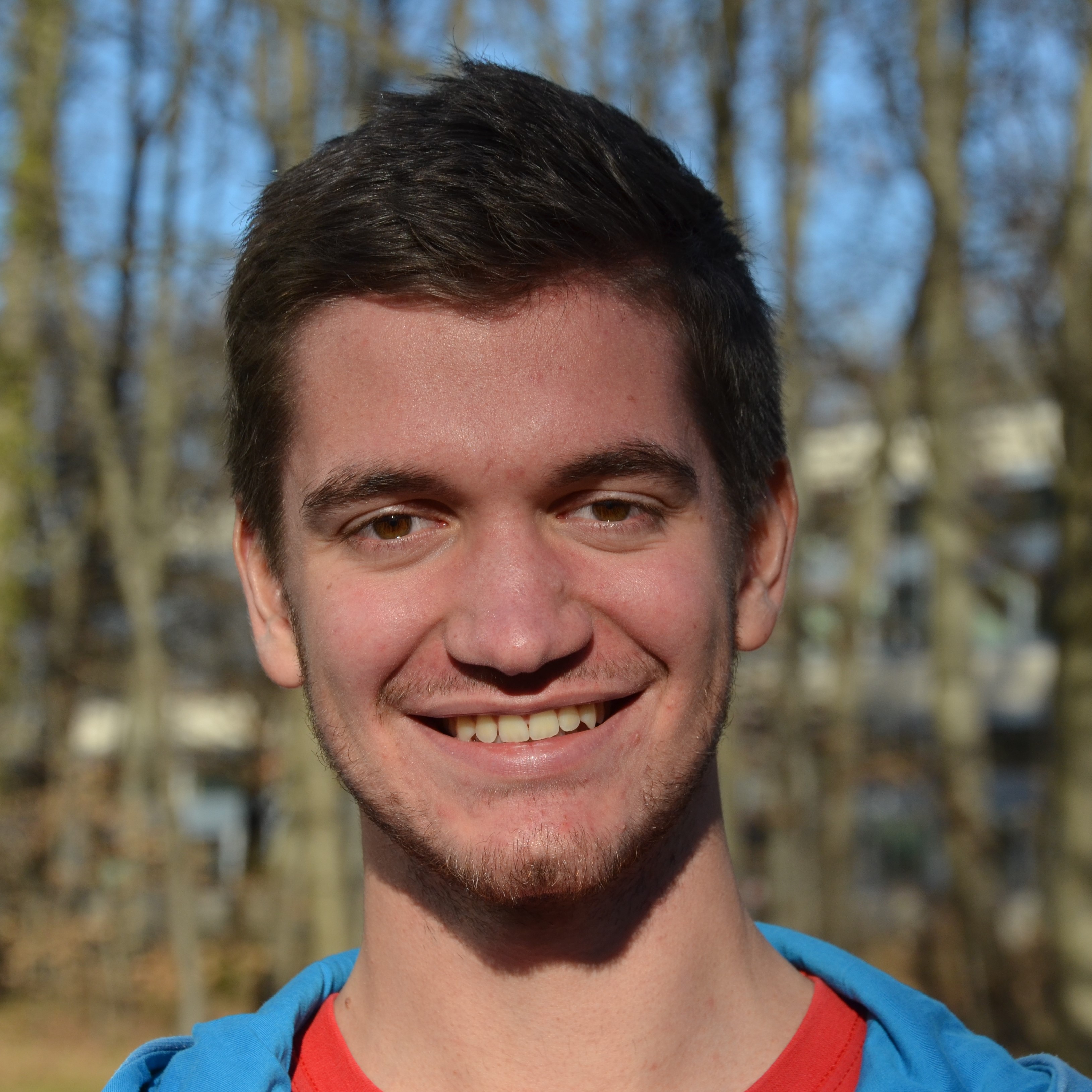
Till
1st Chairman
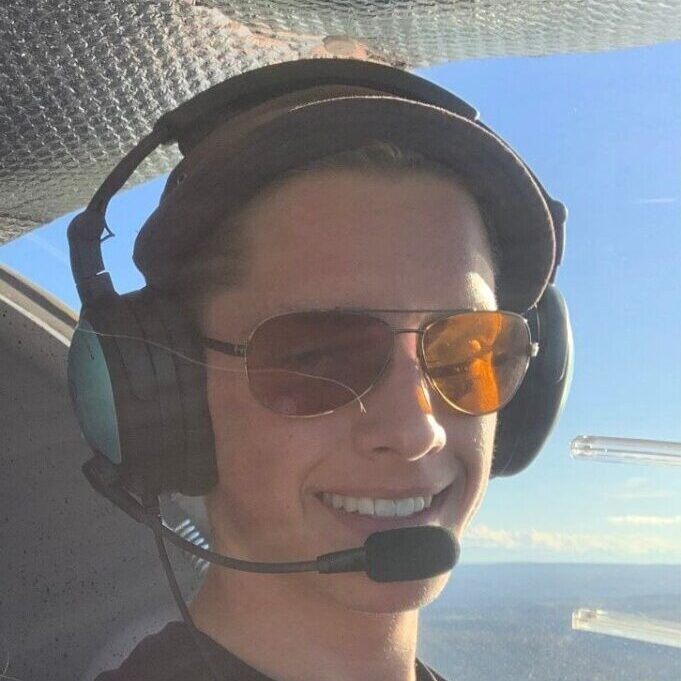
Marc W.
2nd Chairman

Stephen
Treasurer
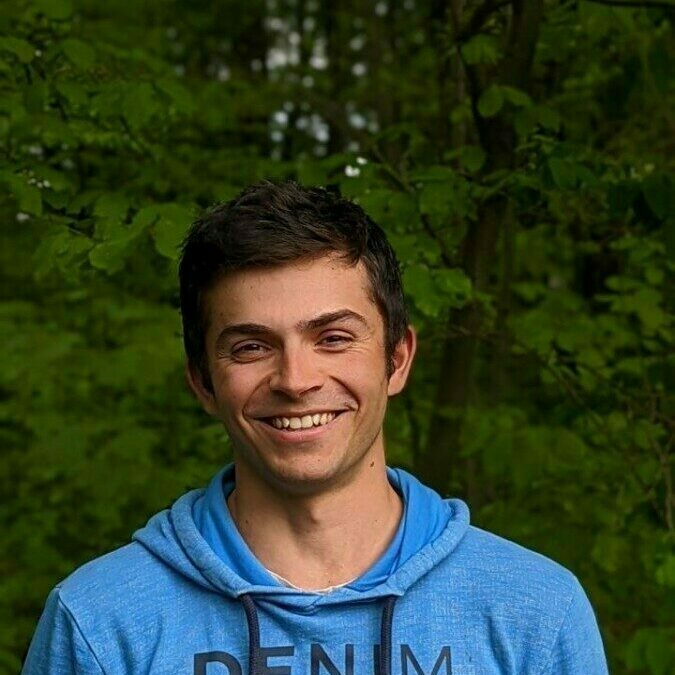
Alejandro
fs36 Construction
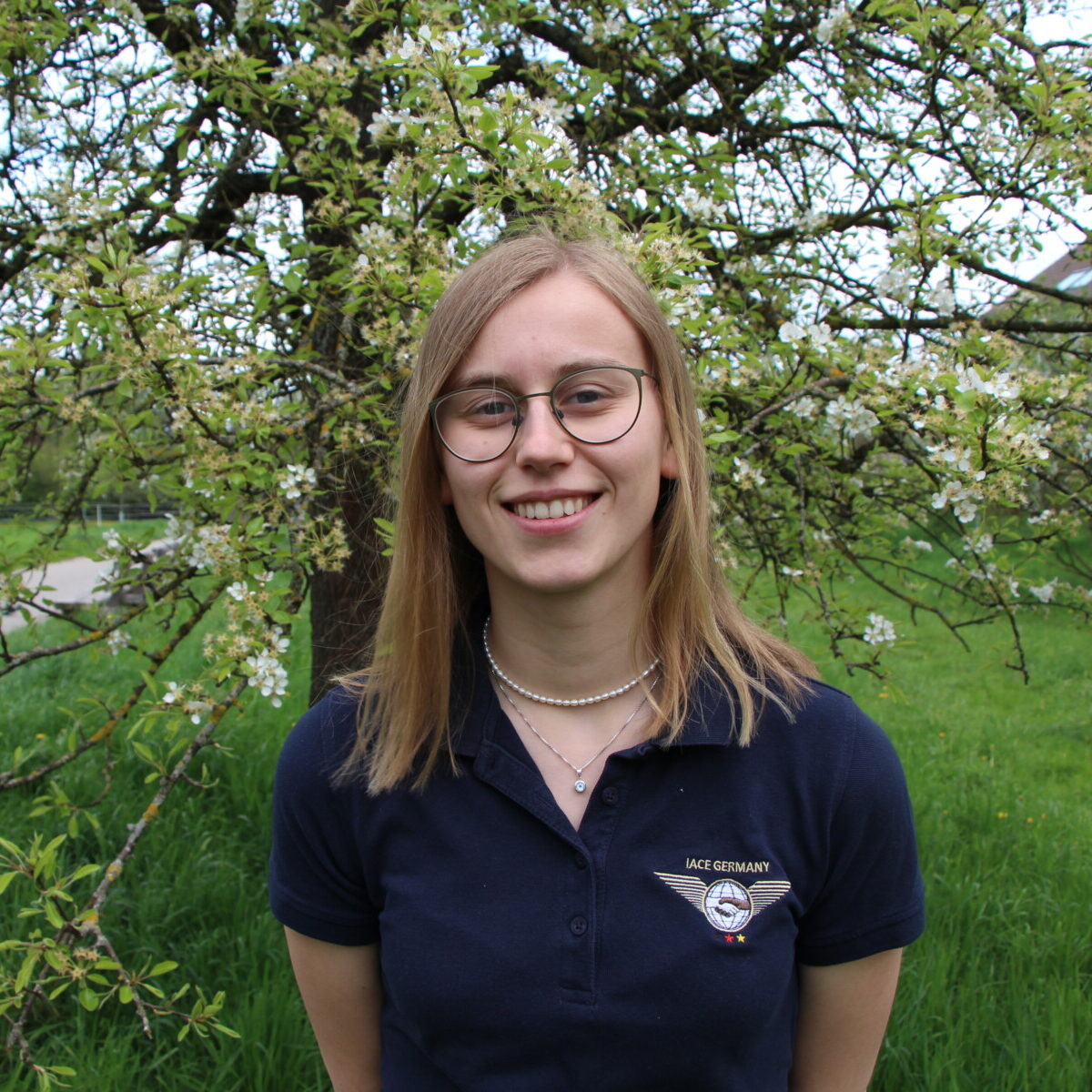
Clara

David
IT, fs36 Systems

Paula
Badges and Calibration
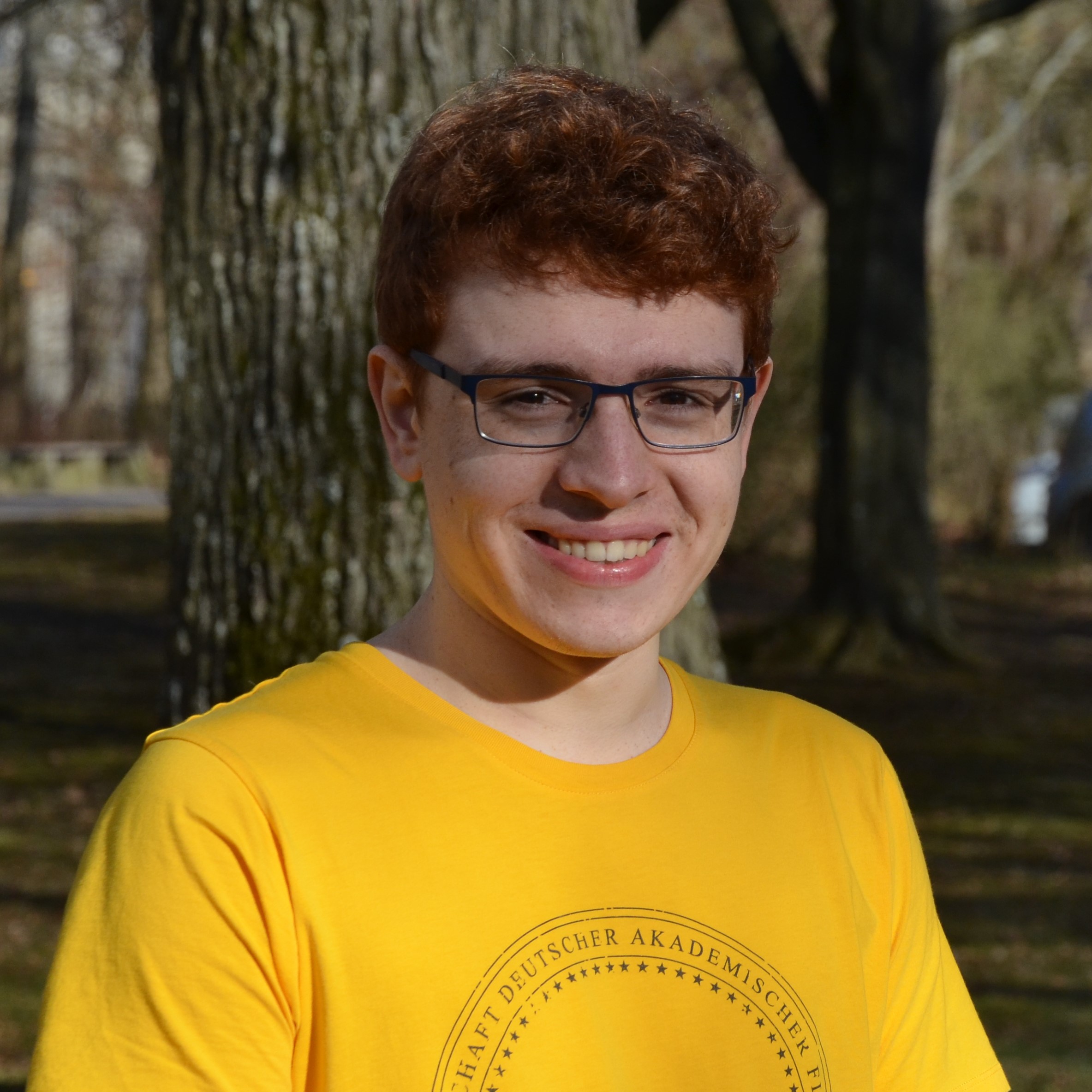
Felix
fs36 Mechanics

Henriette

Jakob

Jan
fs36 Project Lead

Jan Felix
fs36 Project Lead
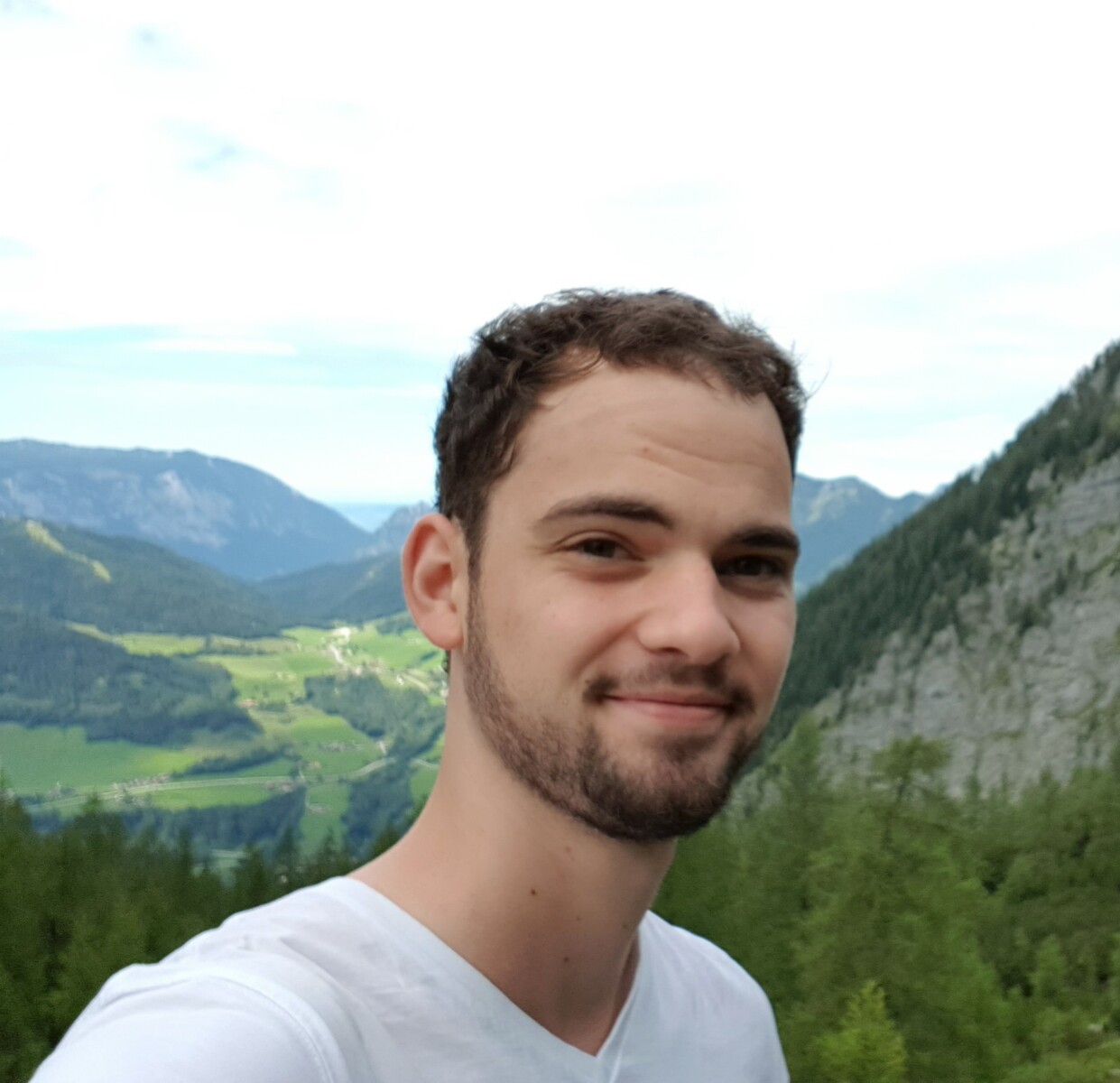
Jeremias
fs36 Construction, Data Protection
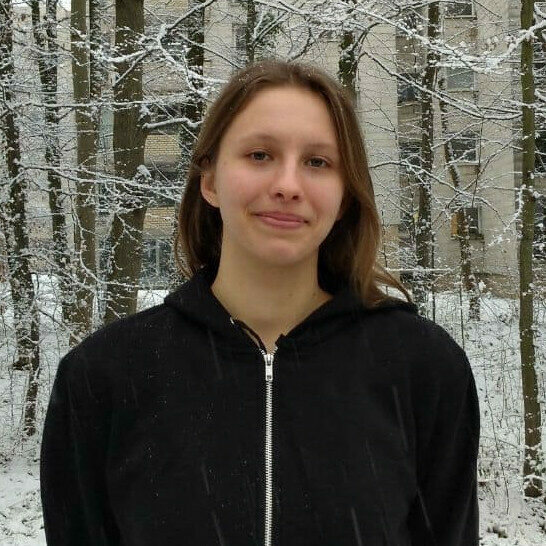
Jette
fs36 Structure
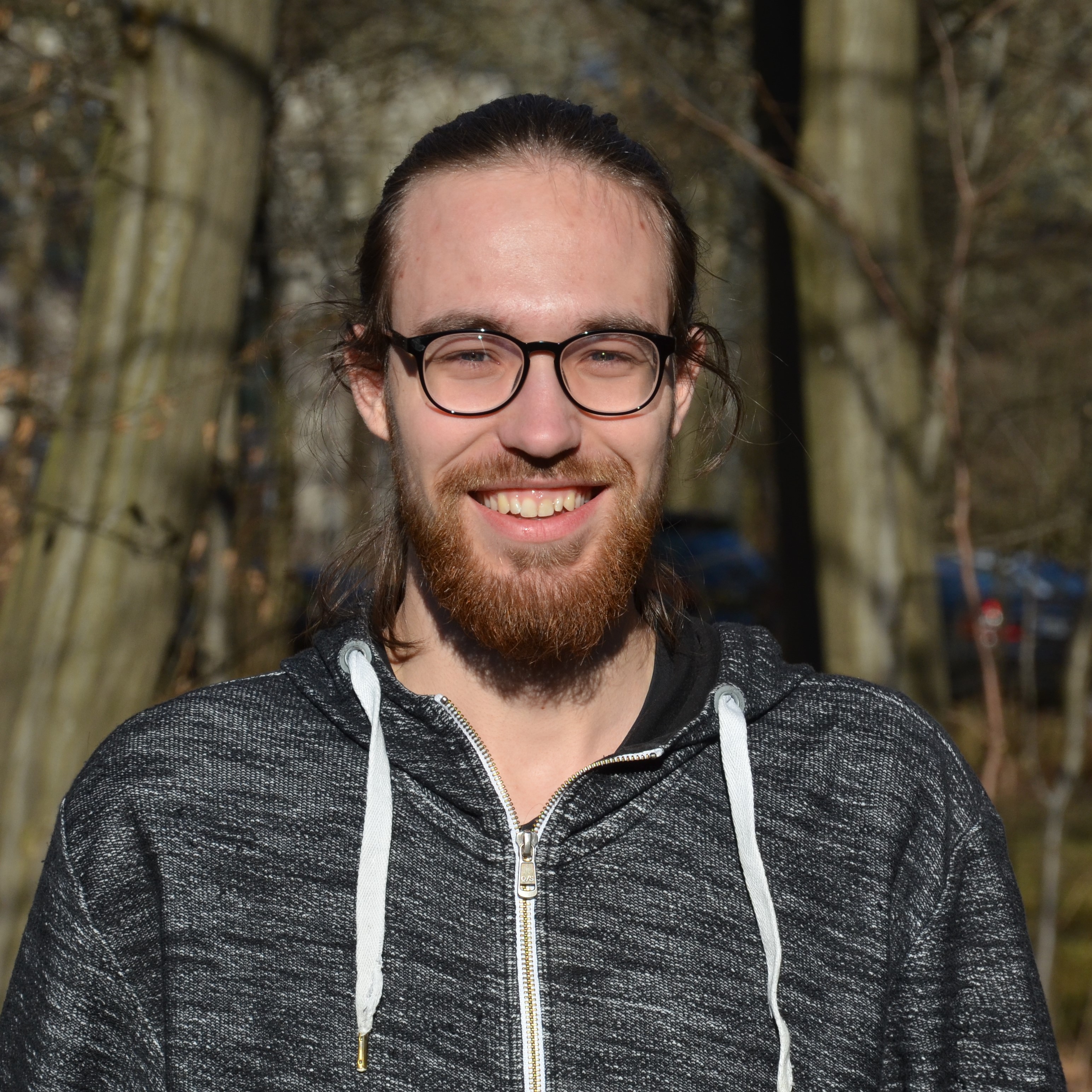
Jonas
IT, fs36 Mechanics
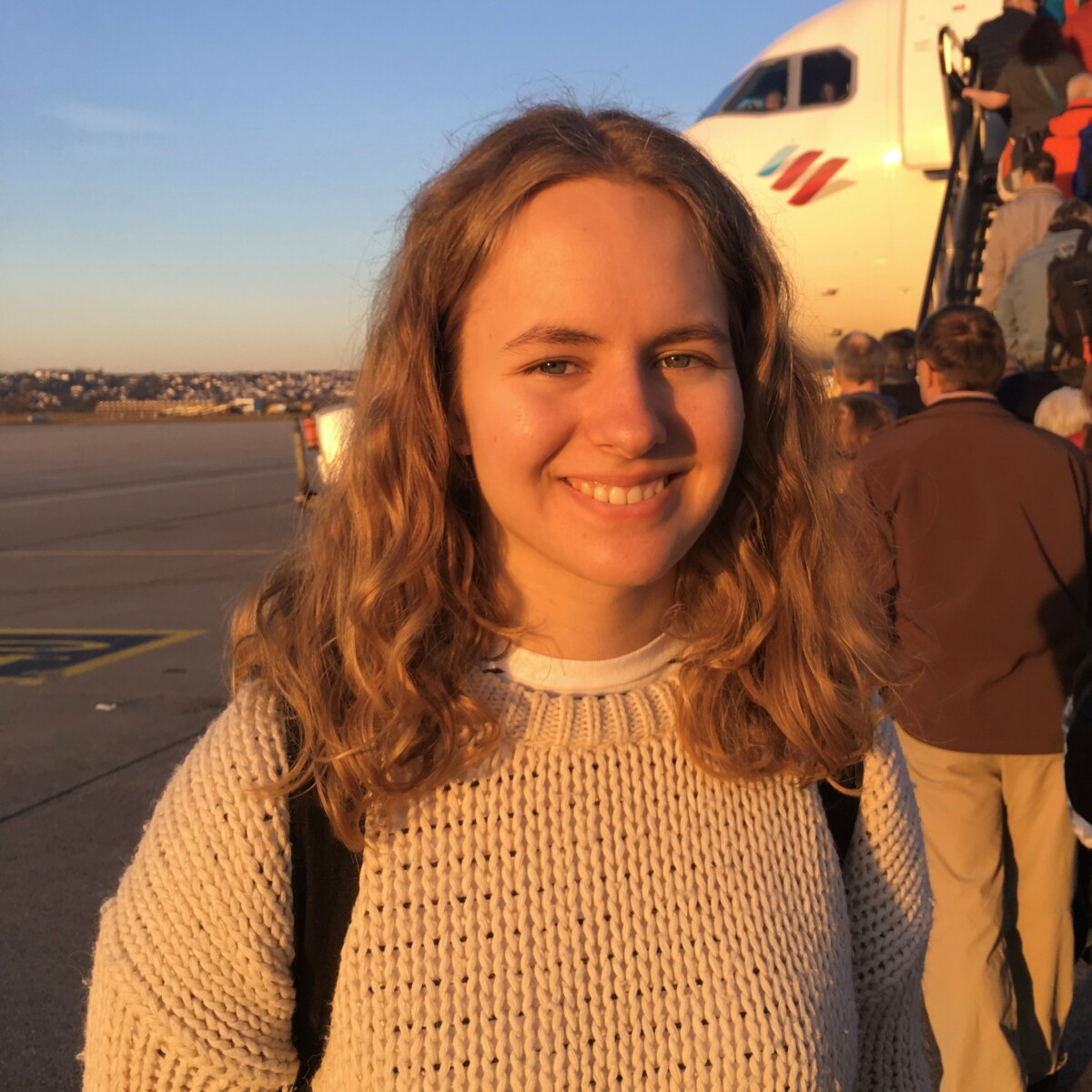
Luisa
fs35 Project Lead
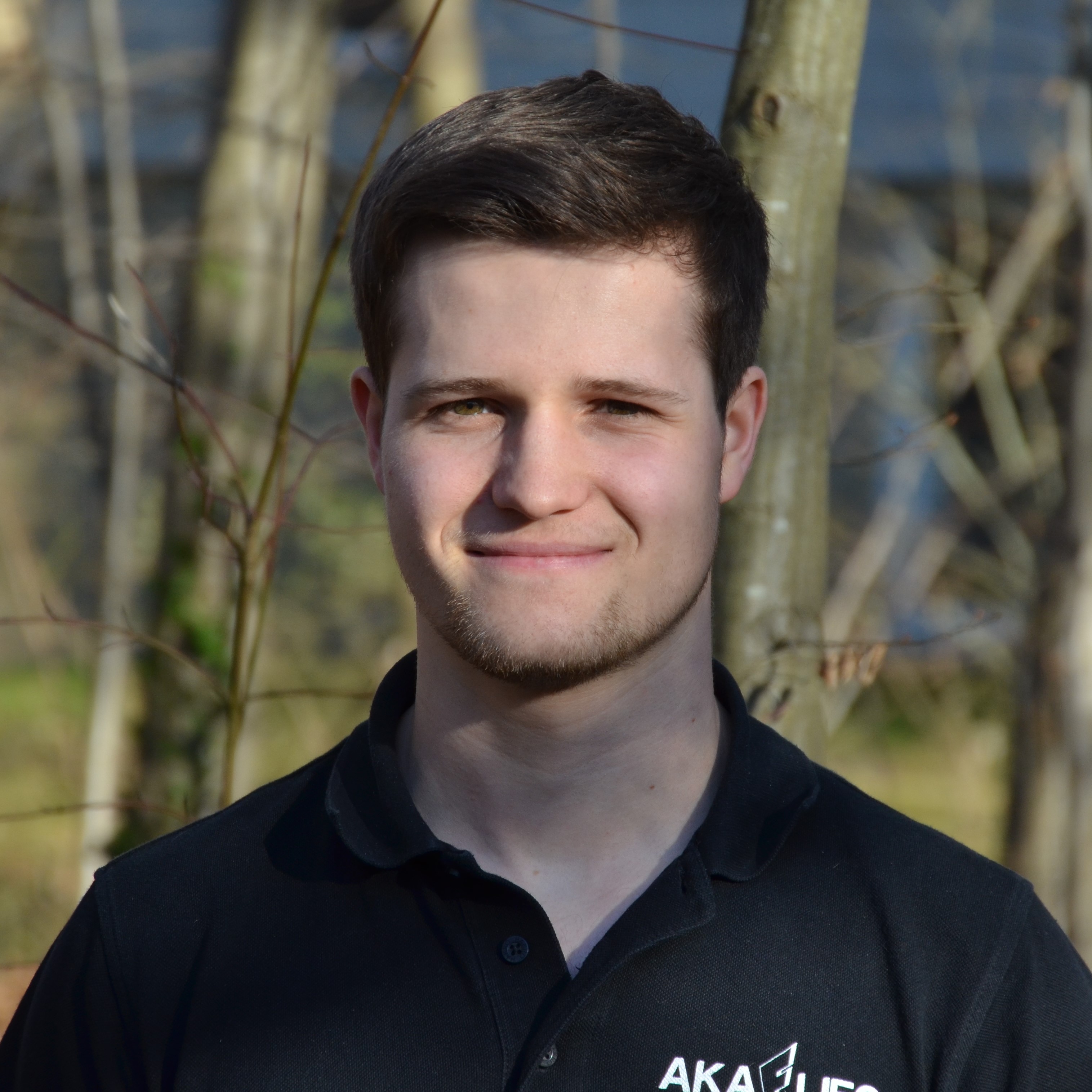
Marc H.
fs36 Construction

Anant
fs36 Construction
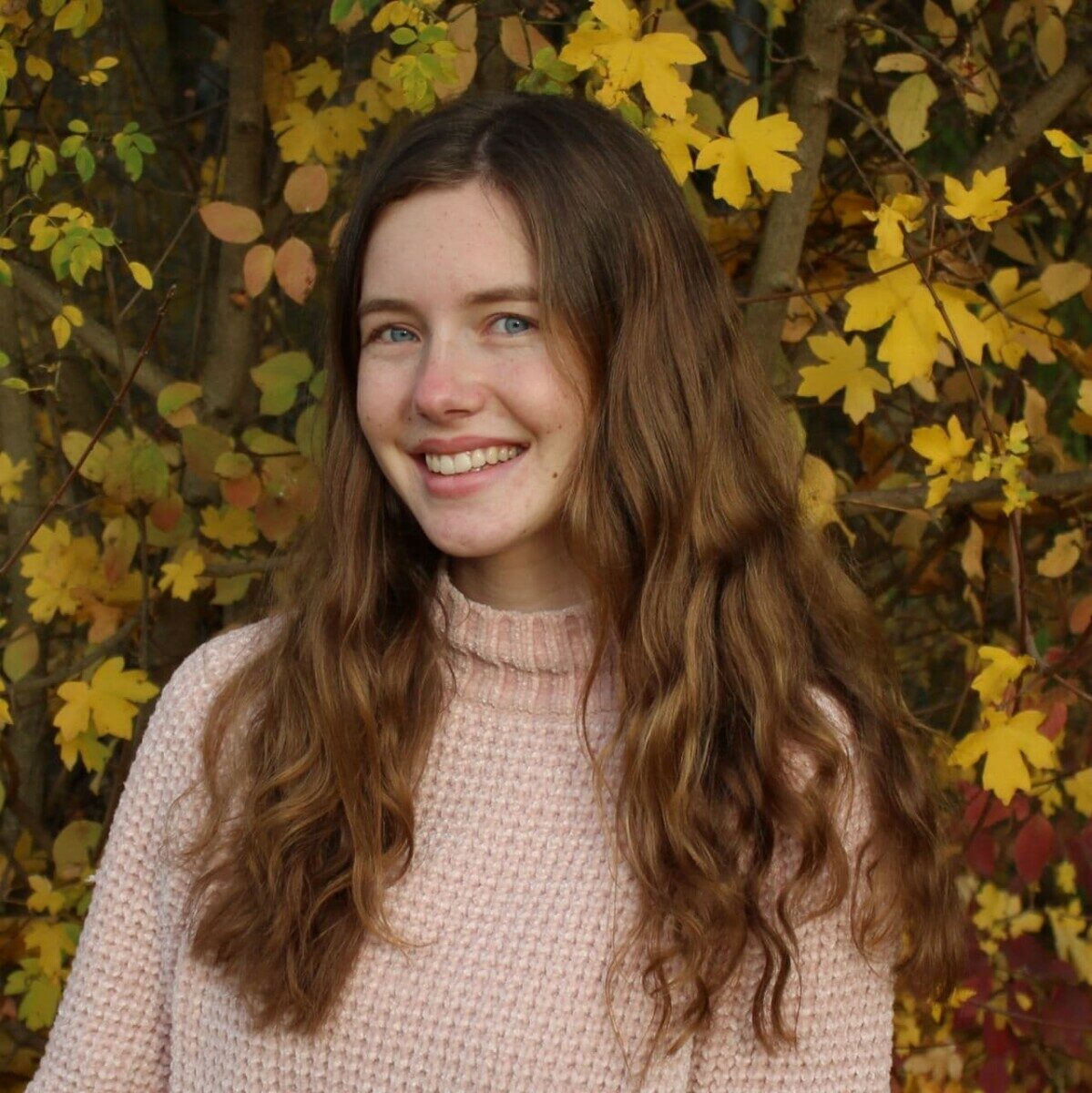
Melissa
fs36 Energy Supply
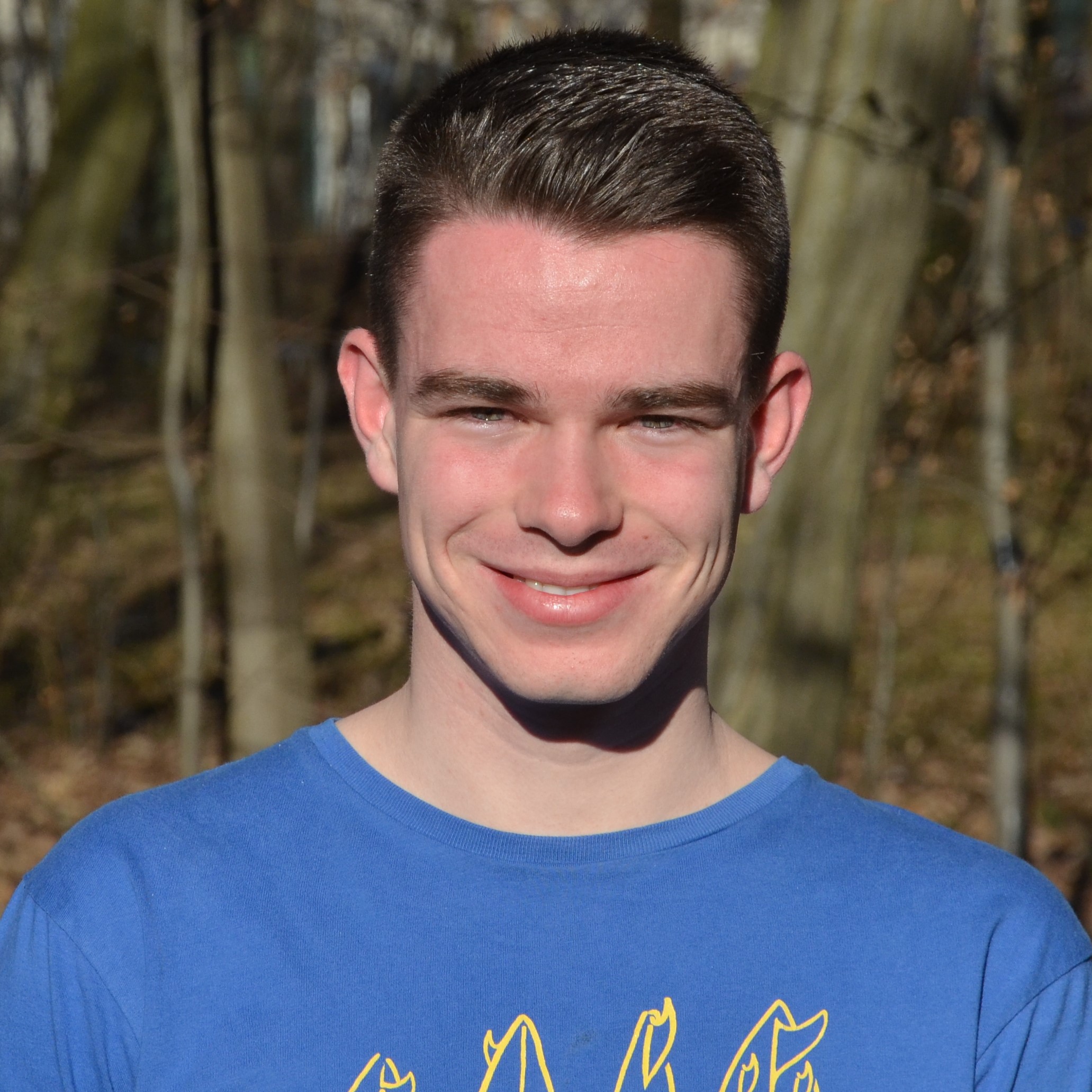
Moritz
fs36 Structural Design

Stefan
IT, Website, fs30
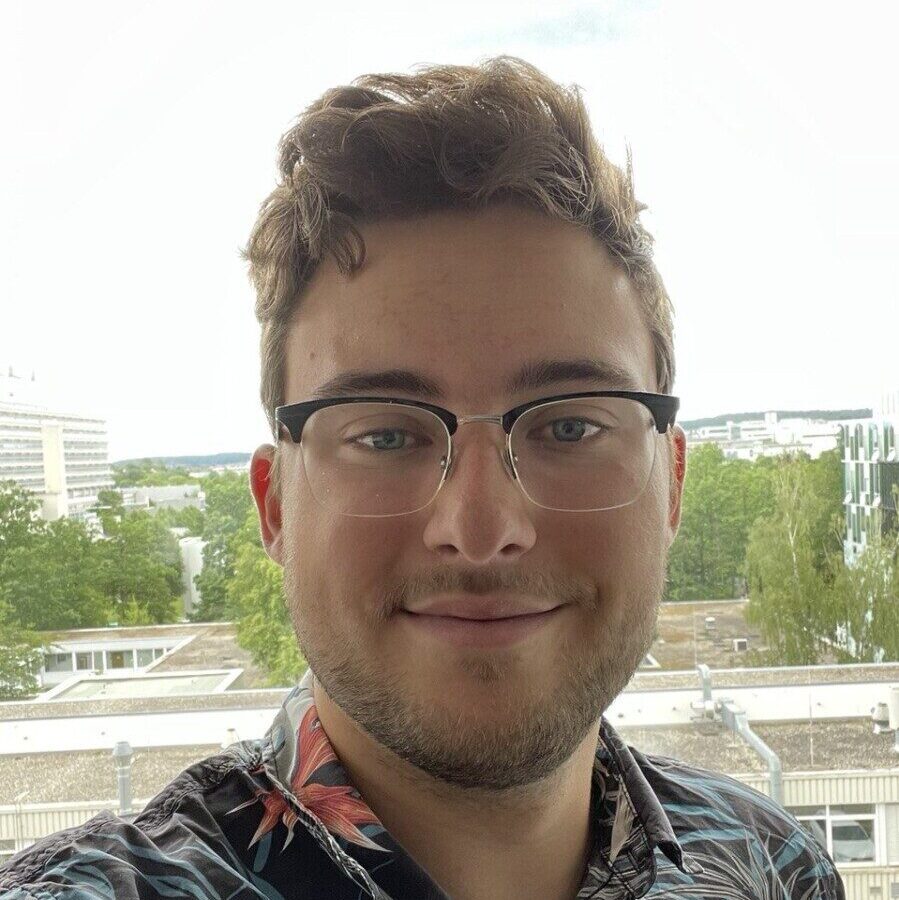
Theo
fs36 Construction
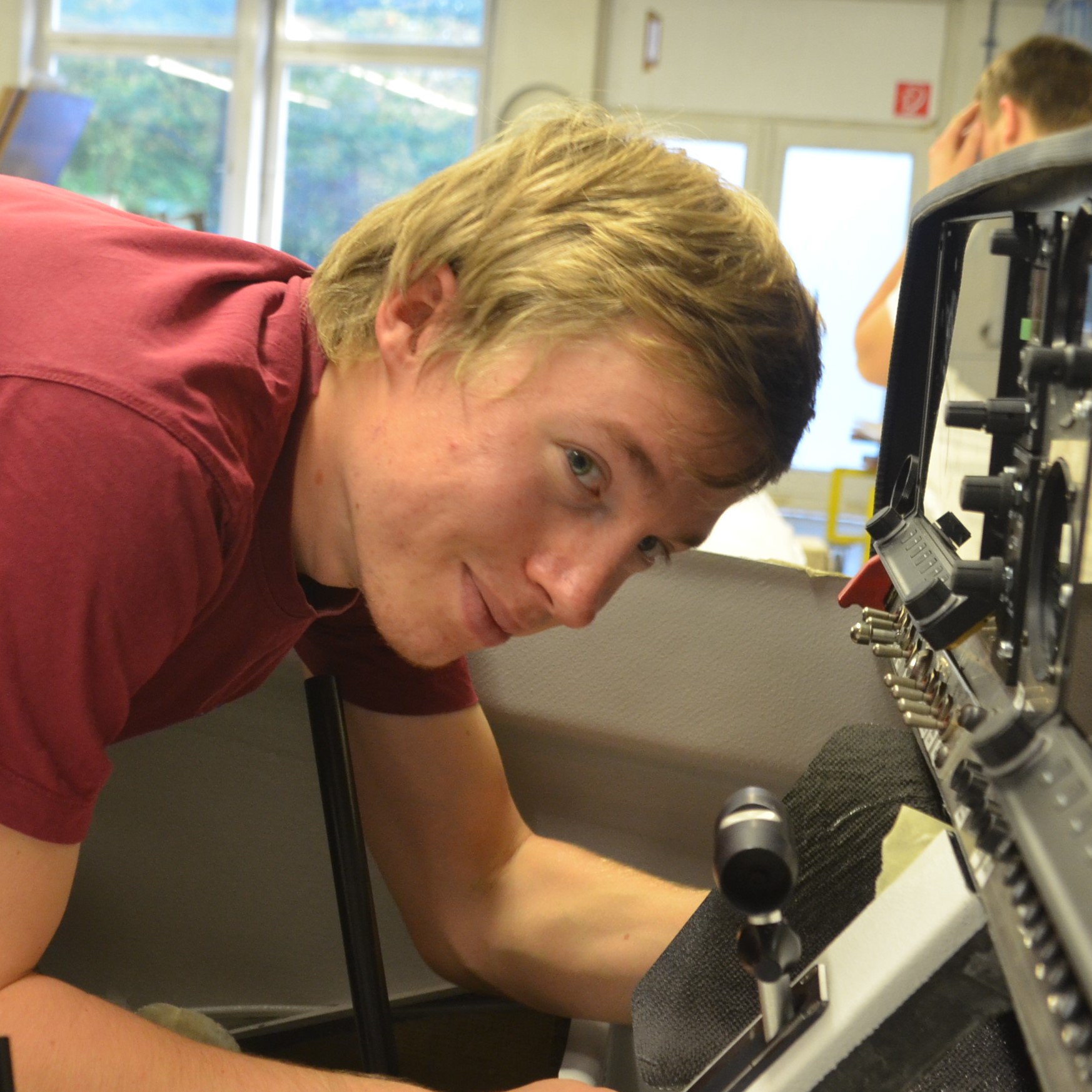
Tim
fs36 Construction
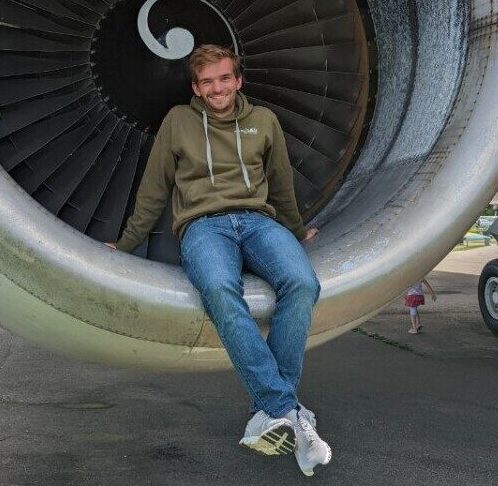
Tom
fs33 and fs35 Support
Idealic, to build a plane right after lecture
Our workshop
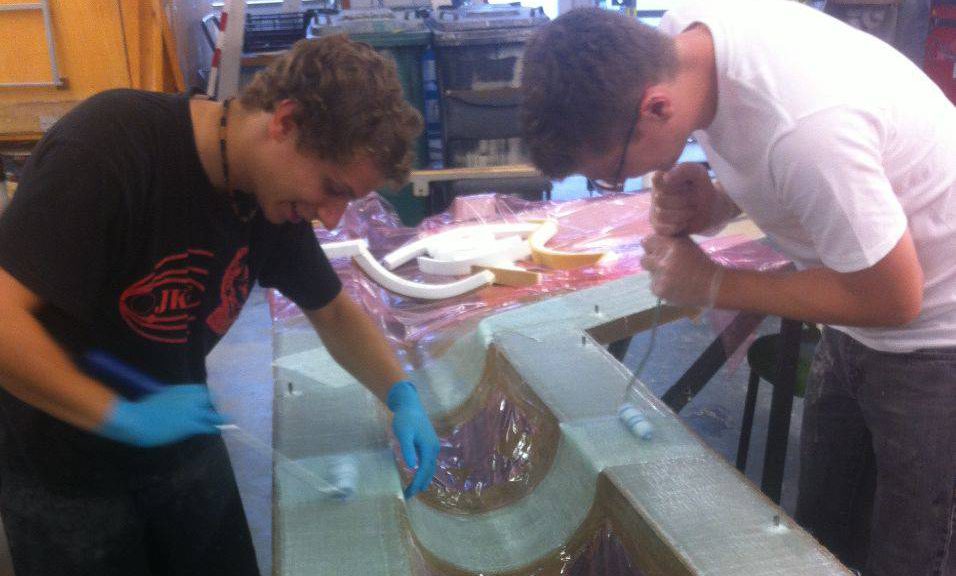
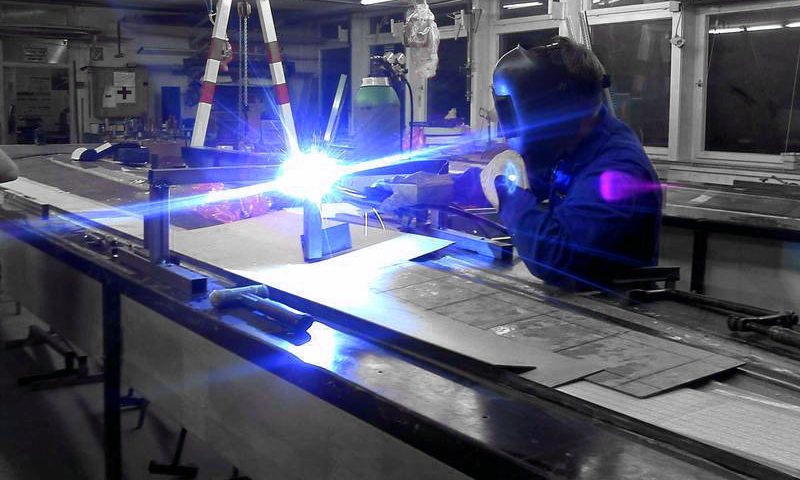
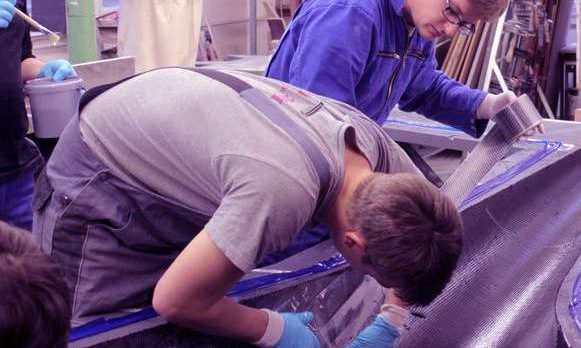
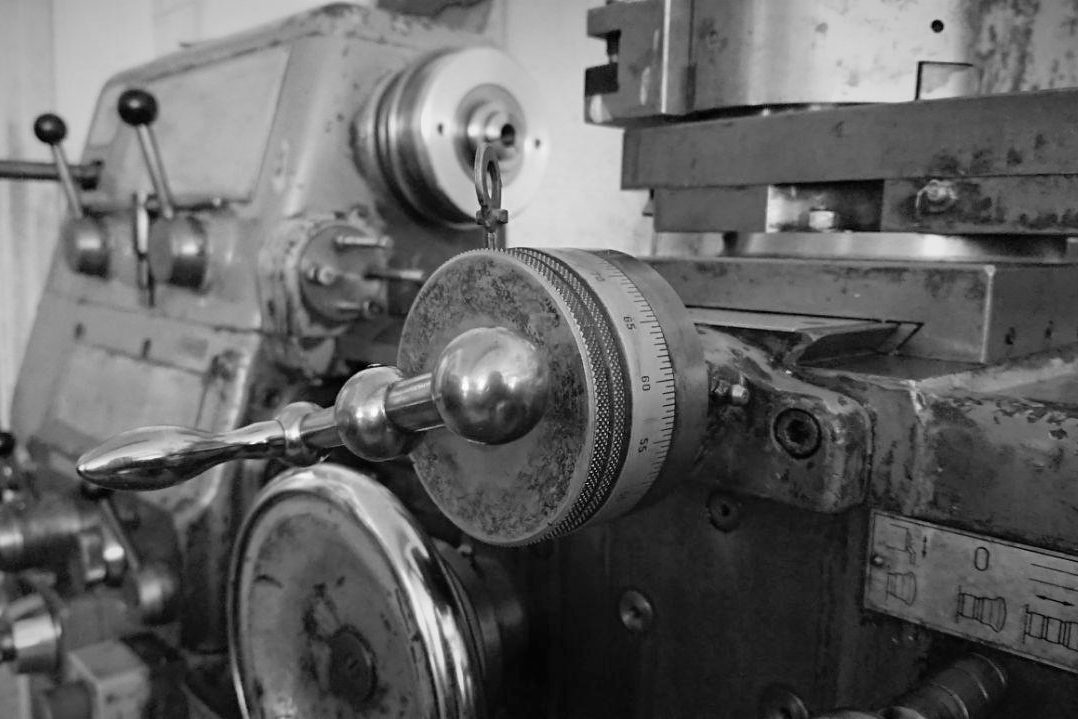
The largest part of the building is occupied by the workshop, which offers enough space for the large aircraft components. A separate area also houses metalworking machines such as two lathes, a milling machine and a drilling machine.
Right next to the workshop there are also offices with powerful computers where we conduct strength analyses, simulations and construction drawings.


After the work is done, we often cook something together or study for the next exam in our common room.
„We want to fly for the sake of the beauty of flying.“
– Wolf Hirth
Our airfield
In accordance with the guiding principle of the Akaflieg, every member also learns how to fly. The engineer gains profound understanding of the aircraft and learns what is important in its construction.

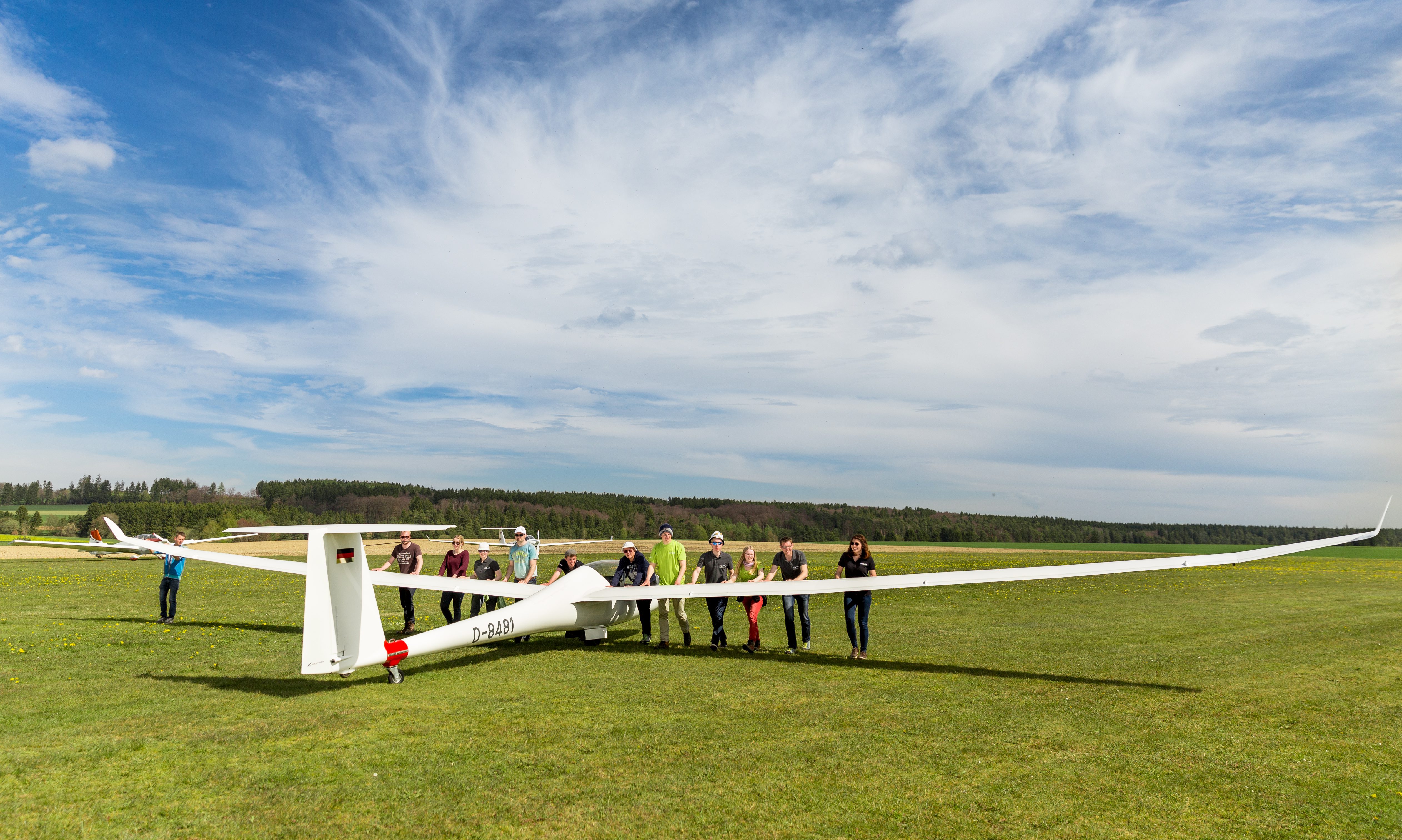
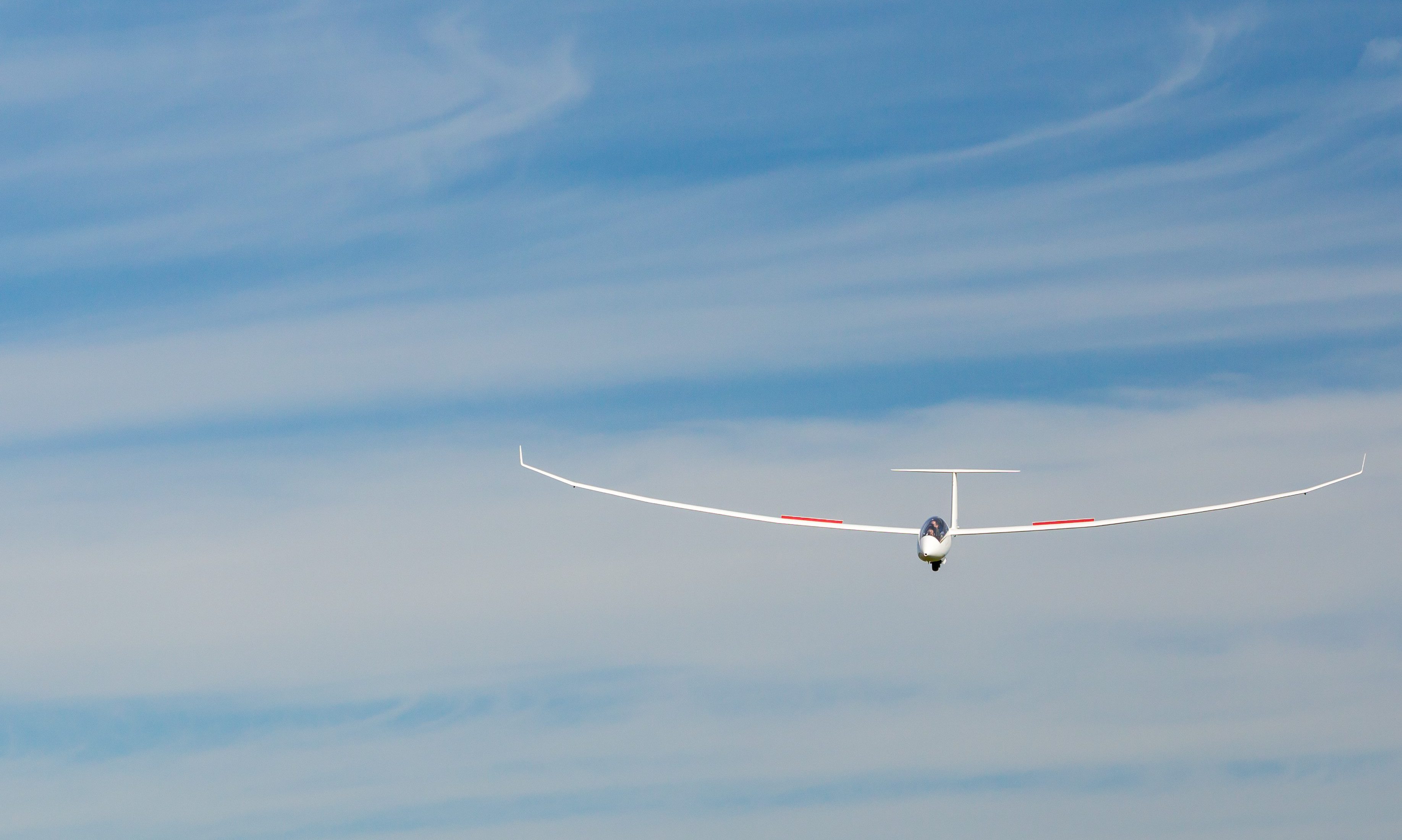
Since 1972 the Akaflieg has been based at the airfield in Bartholomä on the Swabian Alb. Free of the Stuttgart airspace, it offers us wonderful possibilities to enjoy gliding. When the weather is good, you can usually find us there on weekends. We can stay overnight in our comfortable house directly on the airfield, which was built by former members and has enough space for everyone.
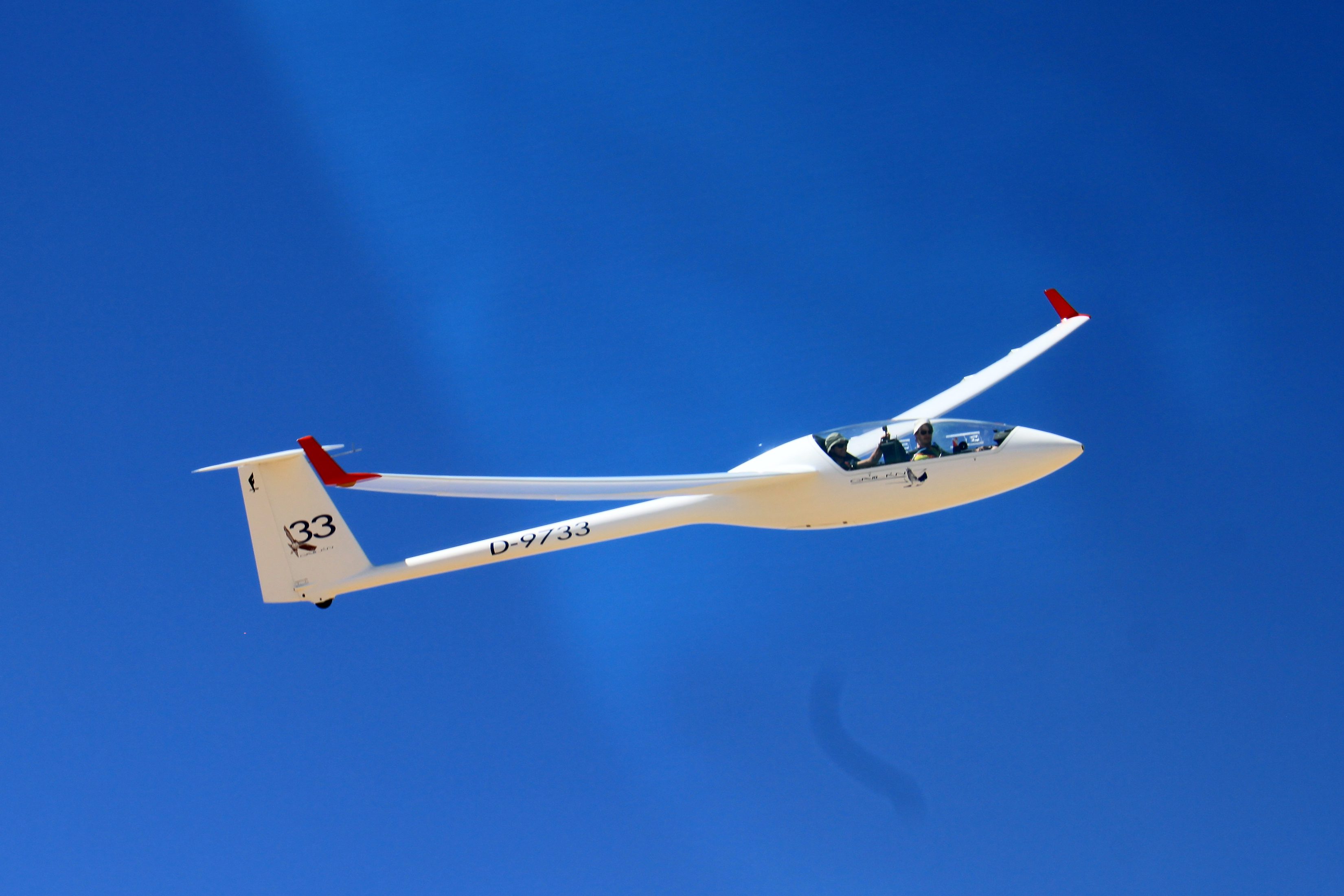
The history of the Akaflieg Stuttgart
Since the organization was founded in 1926, hundreds of prospective engineers have been involved here and quite a few pioneers of aviation have constructed their first aircraft in an Akaflieg. In the last decades many prototypes have been developed under the hand of enthusiastic Akaflieg members. Some of these developments have had a decisive impact on aircraft construction. A prime example of this is our fs24 “Phoenix”: It was the first aircraft in the world to be made of fiberglass-reinforced plastic.
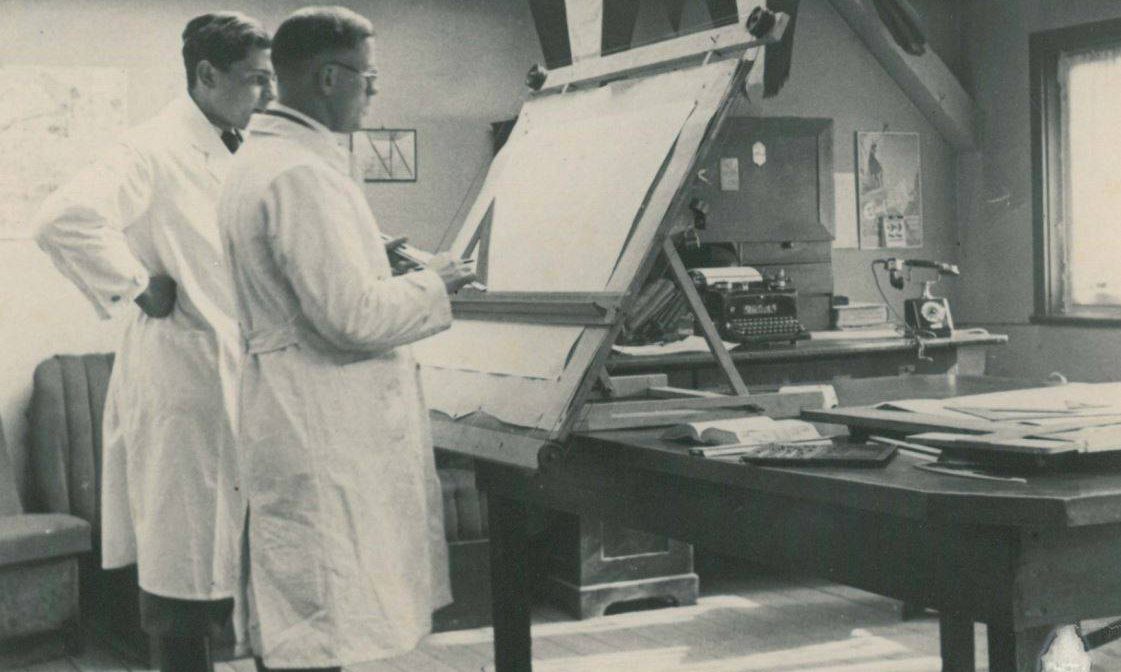
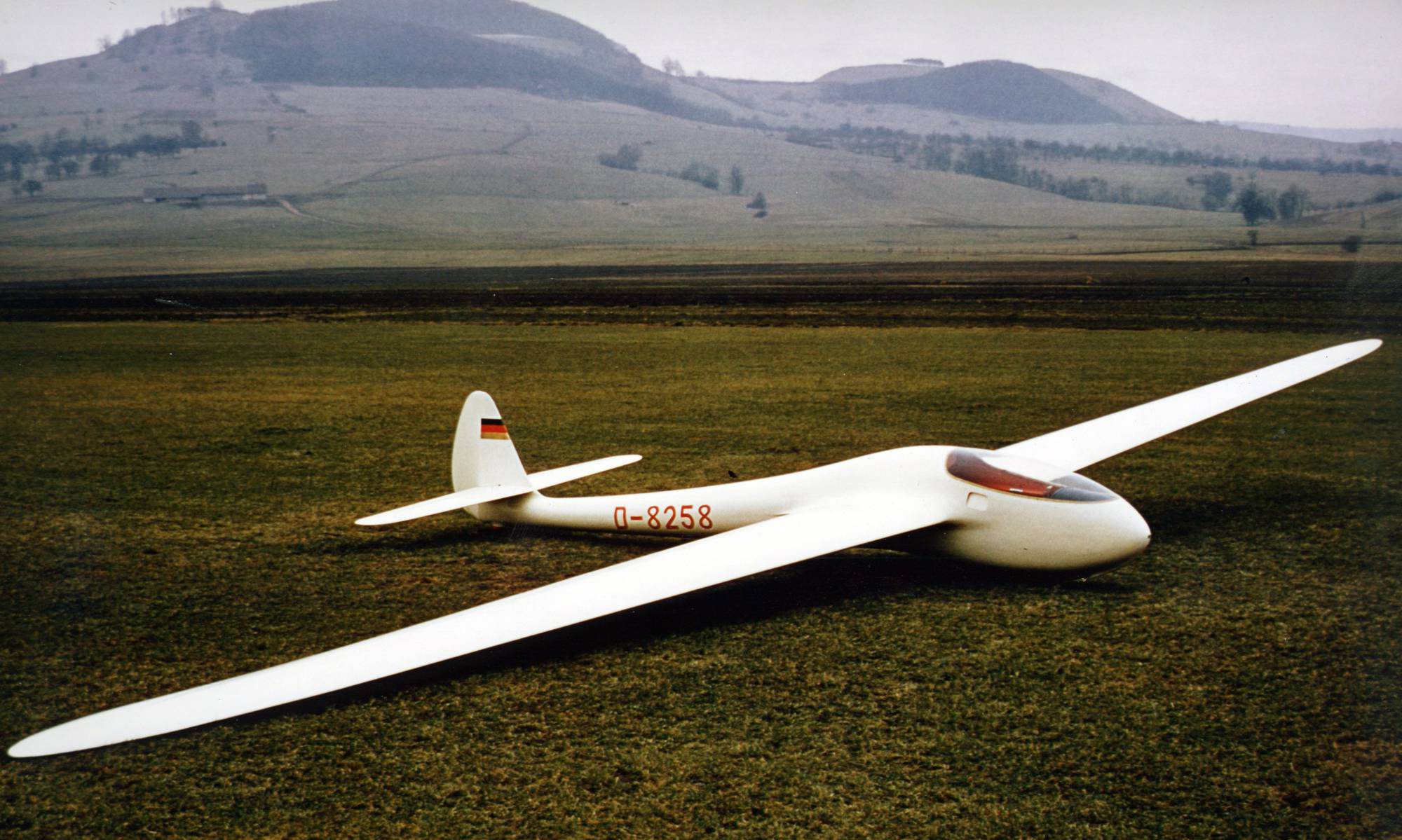

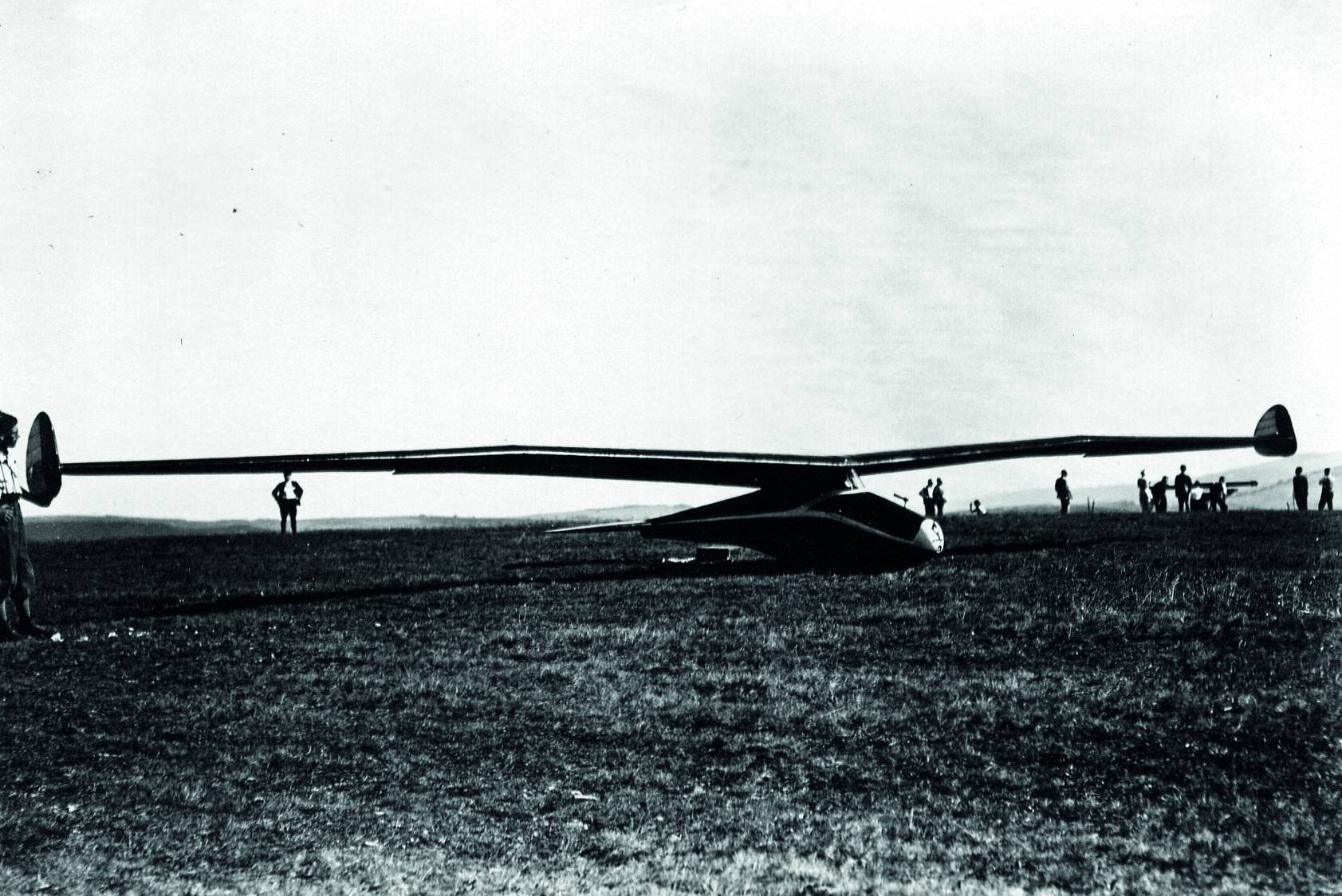
The Beginning
Under the name “Akademische Fliegergruppe im F.V.S.” a group of 8 members under the leadership of Wolf Hirth broke away from the organization ‘‘Flugtechnische Verein Stuttgart´´ in 1926. These – all members of the technical university – preferred to construct and build airplanes instead of wasting their time with shenanigans. This is still true today for us, the current active member group. The group at that time left behind all airplanes, the workshop and the tools in the F.V.S. in order to start from scratch. In 1928 the number of members had already doubled and the aircraft fleet consisted of three gliders and four motor planes. The Akaflieg operated at that time – in contrast to today – substantially more motor than glider aircraft.
Before and during the war
With the beginning of Nazi rule in 1933, the group had to give up its motorized aircraft. Therefore, the group at that time was increasingly engaged in gliding. In spite of changed political conditions, the workshop operation and the structure of the group could be maintained during this time.
The first aircraft designed by the Akaflieg with the designation “fs”, the fs16 “Wippsterz”, was built in 1936. The abbreviation “fs”, which is still used today by the Stuttgart Akaflieg, stands for “Flugtechnische Fachgruppe Stuttgart”, the “16” for the wingspan of the aircraft. Afterwards the fs17, in which the pilot lied down in the airplane, and the fs18, the first glider with retractable landing gear, were designed and built. The fs18 flew for the first time during the Rhön competition in 1938. The fs18b was to replace the fs18, which was destroyed in an air accident at the end of 1938. However, it could no longer be built, just like the fs20, due to the war. During the Second World War, both the workshop and the flight operations came more and more to a standstill as members were drafted for the war. With the destruction of the workshop in Stuttgart and the hangars on the Hornberg in 1945, the entire property of Akaflieg was lost.
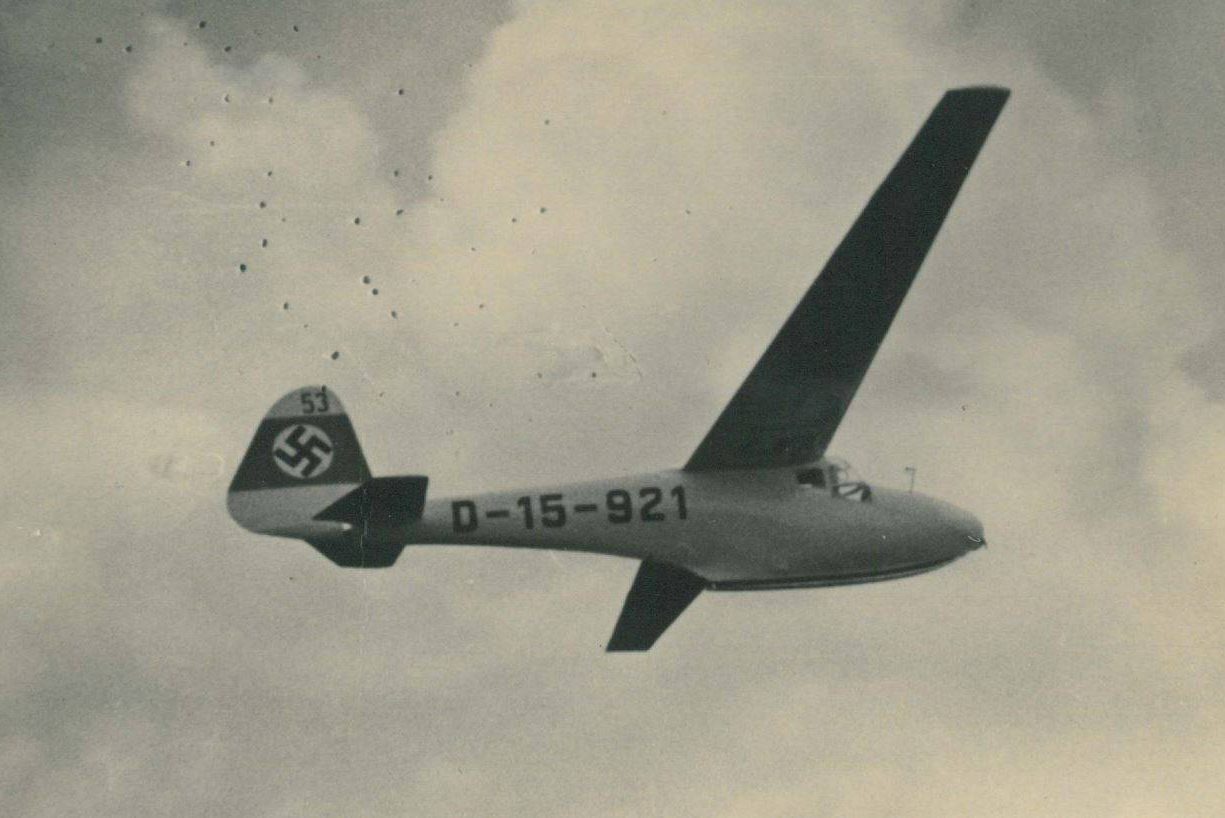
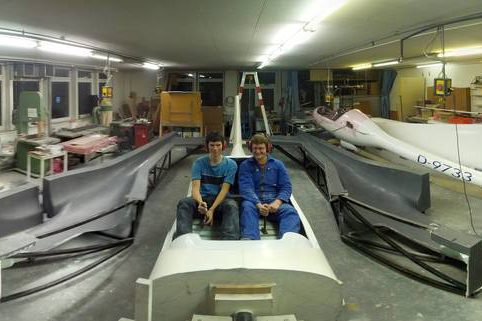
The move to campus Vaihingen
The 1st of October 1970 was another milestone for the workshop: The Akaflieg moved into the premises at Pfaffenwaldring 35, where the workshop, design office, library, board office and calibration center are united under one roof until today. Many ideas for the fs projects and their implementation came to life here: From the fs31, the two-seater with a safety cockpit made of coal and Kevlar, which still serves well today in flight training, to the current project of the “fs35”, the powerful motor glider designed for towing.
In spring 1972, the flight operations also moved from the meanwhile overcrowded Hornberg to the new gliding area in Bartholomä, which still offers us an ideal base for flight operations due to its uniquely good thermal conditions as well as the space offered by the Akaflieg.
The construction of our current home in Bartholomä took place at the beginning of the 80s and, thanks to its generous design, also enables us today to carry out large flight camps, for example within the Idaflieg, without having to spend the night in tents or the hangar. In retrospect, the house was awarded the project name “fs30”, the only non flying project of the Akaflieg, due to the unexpectedly high construction costs. Many solutions for problems in the current project were worked out in the evening after a day of flying, in front of the chimney in the lounge of the “fs30”.

